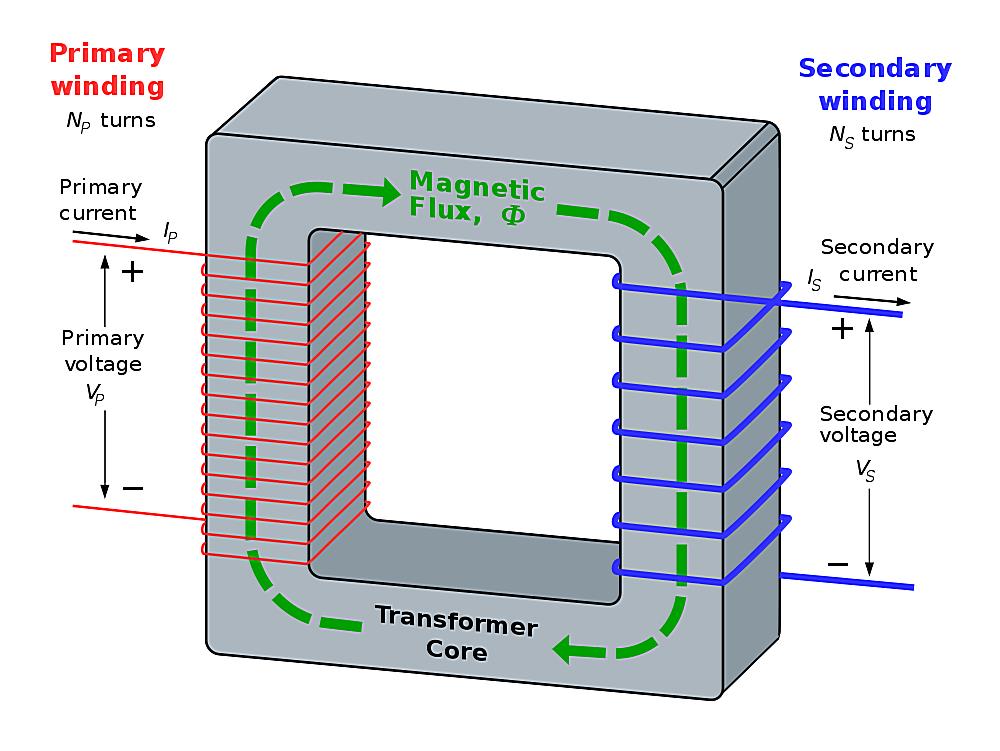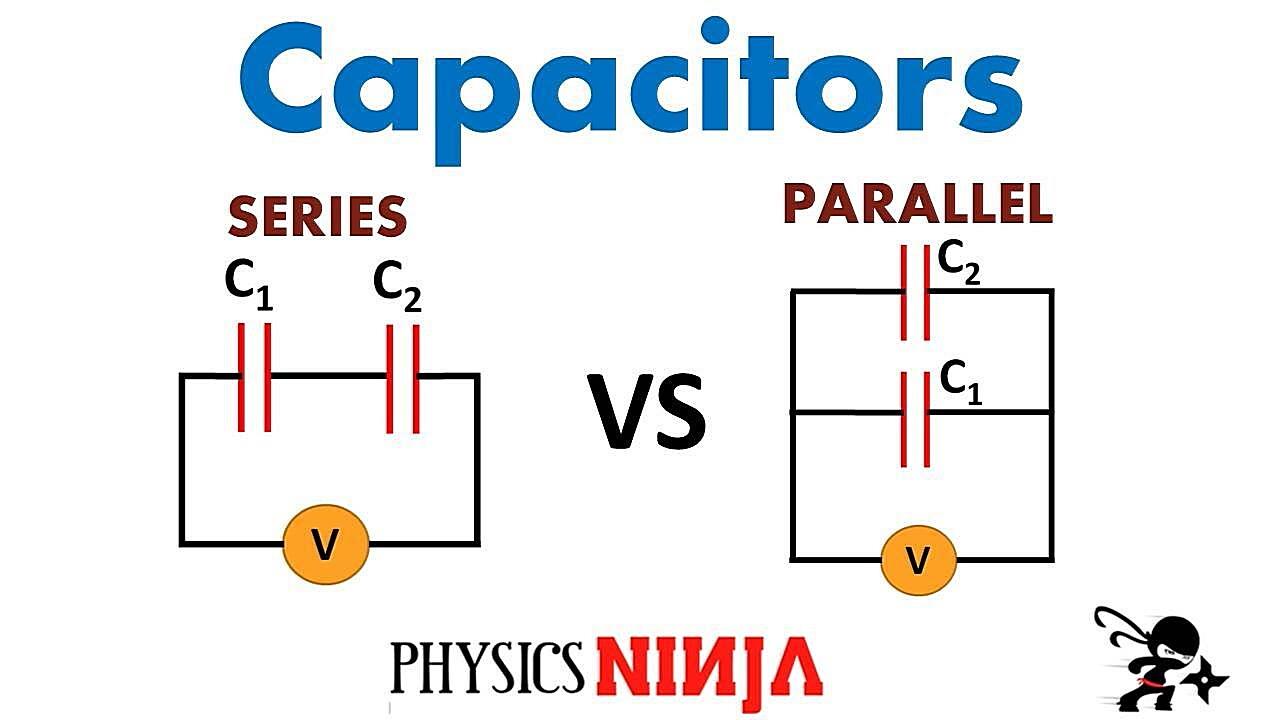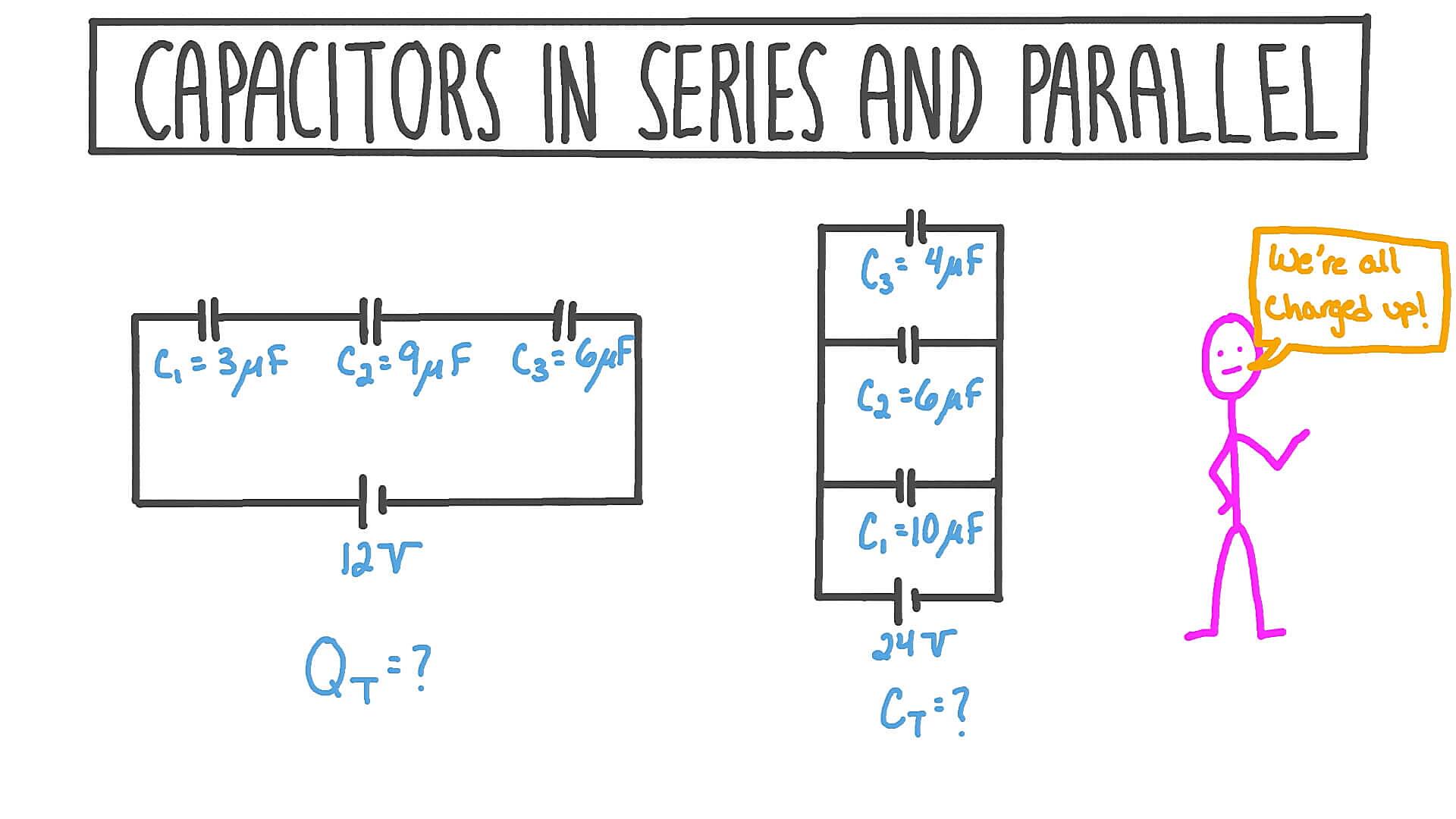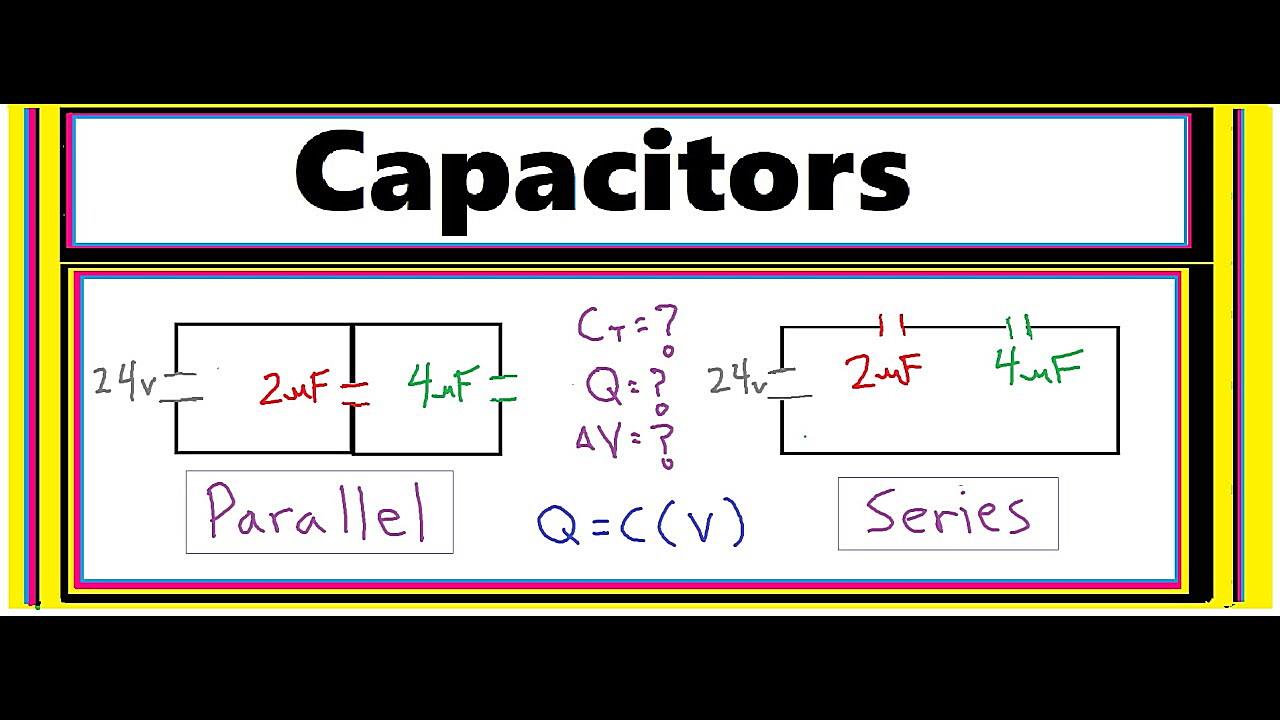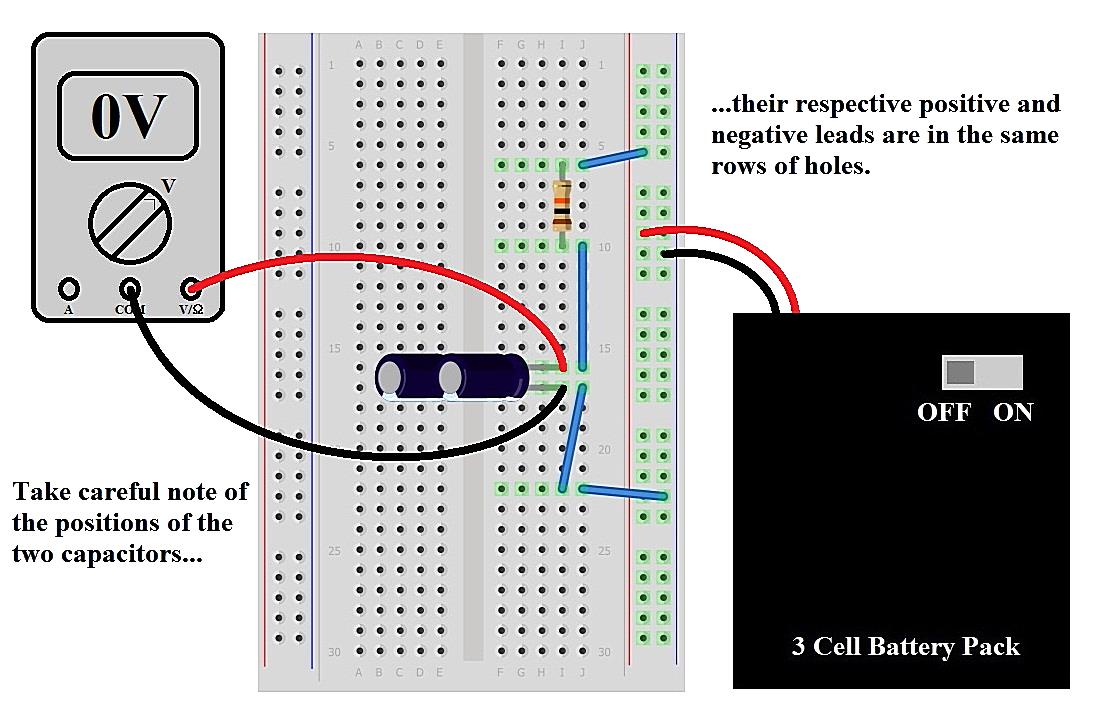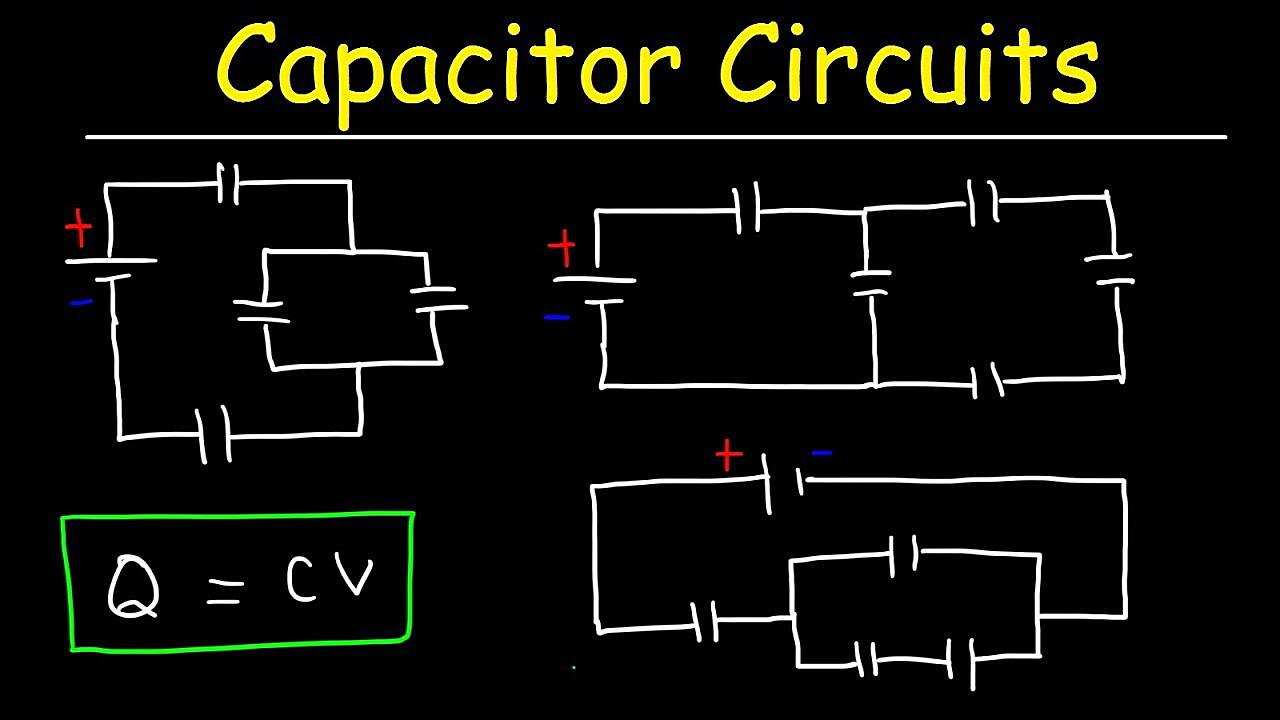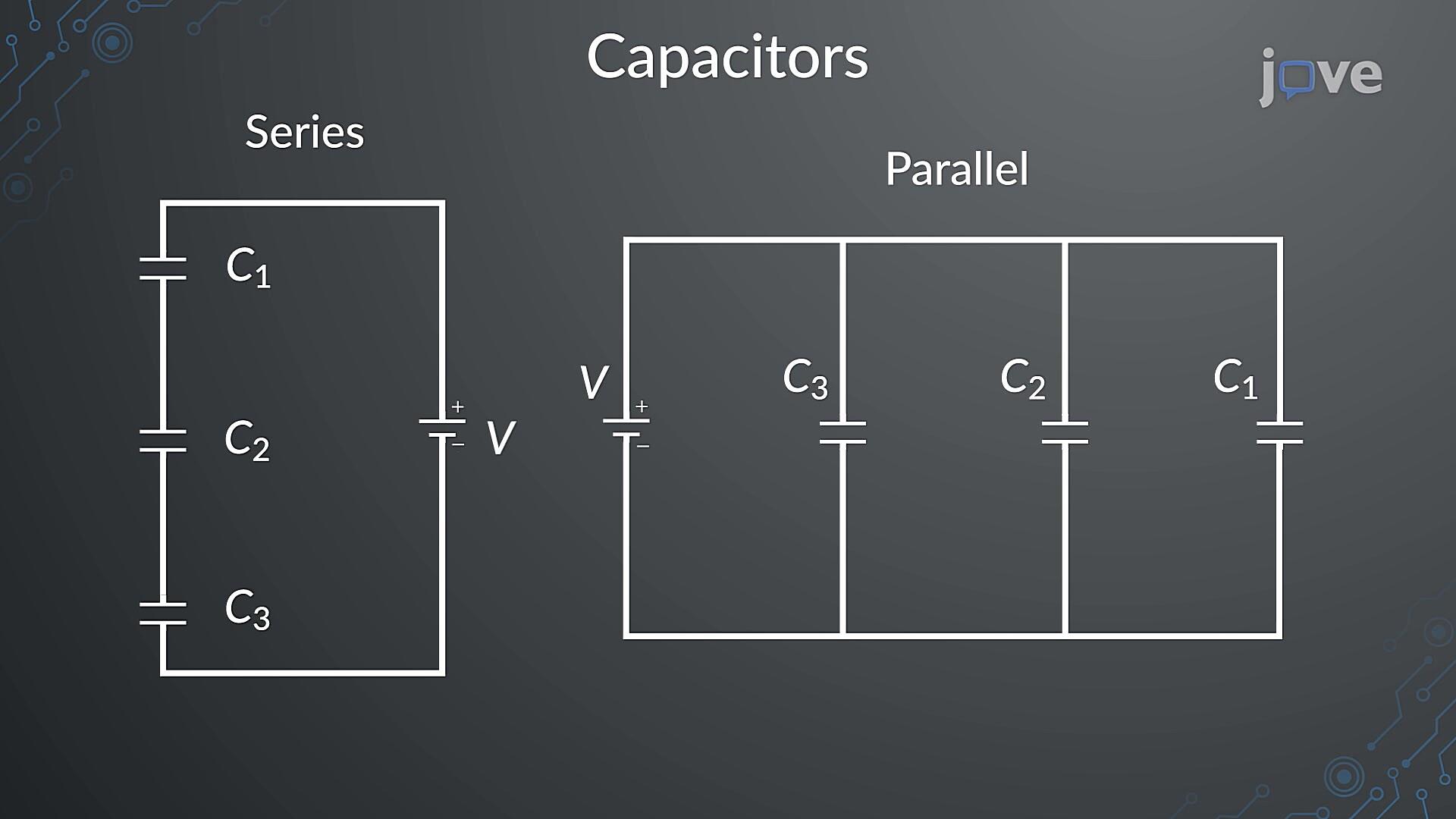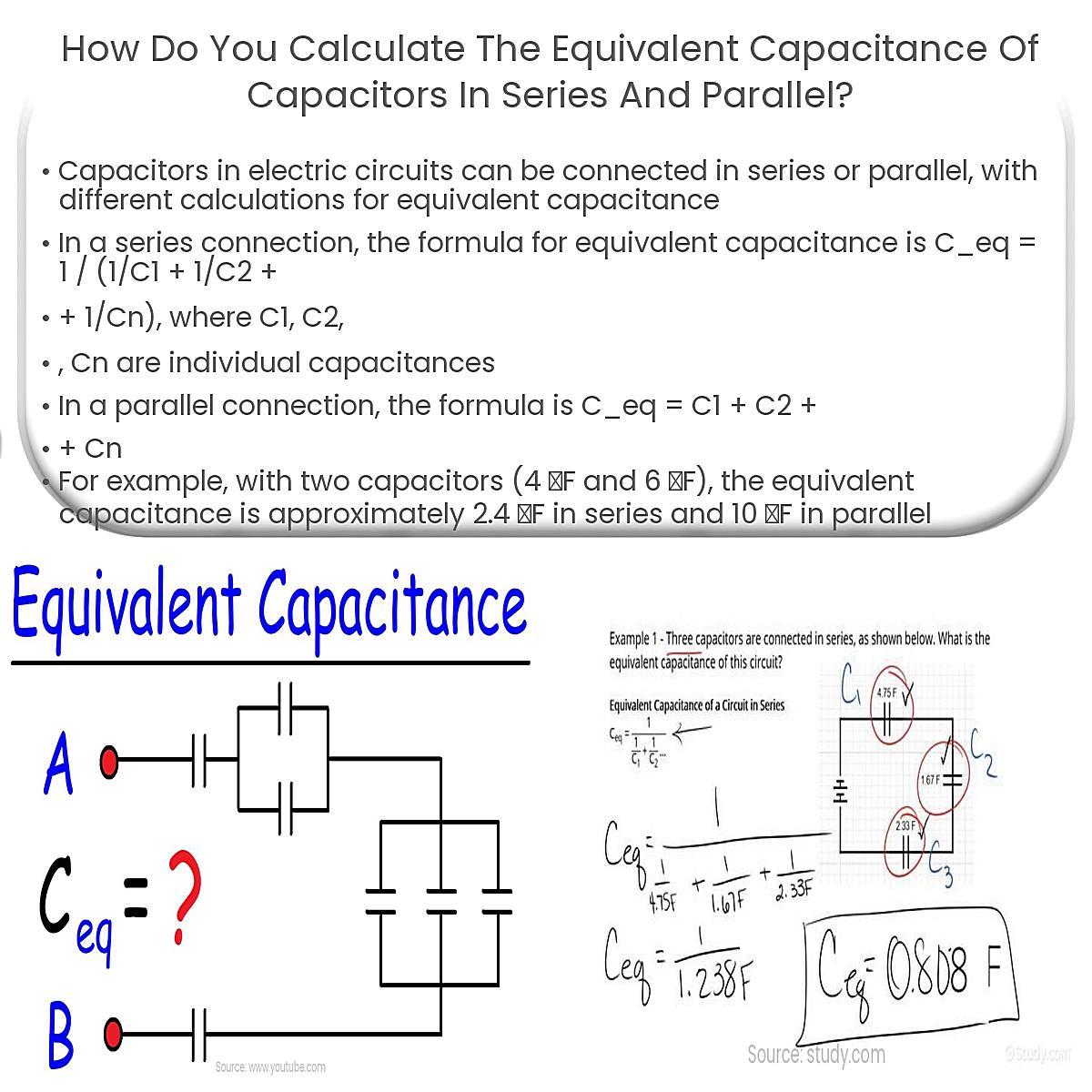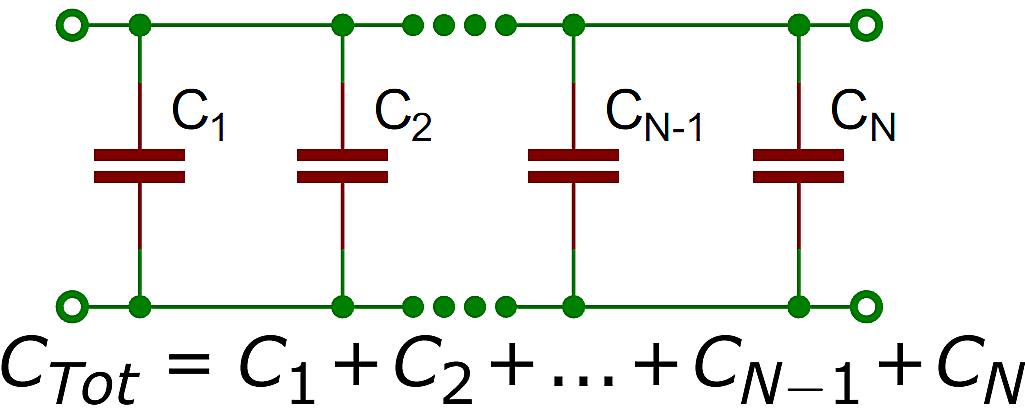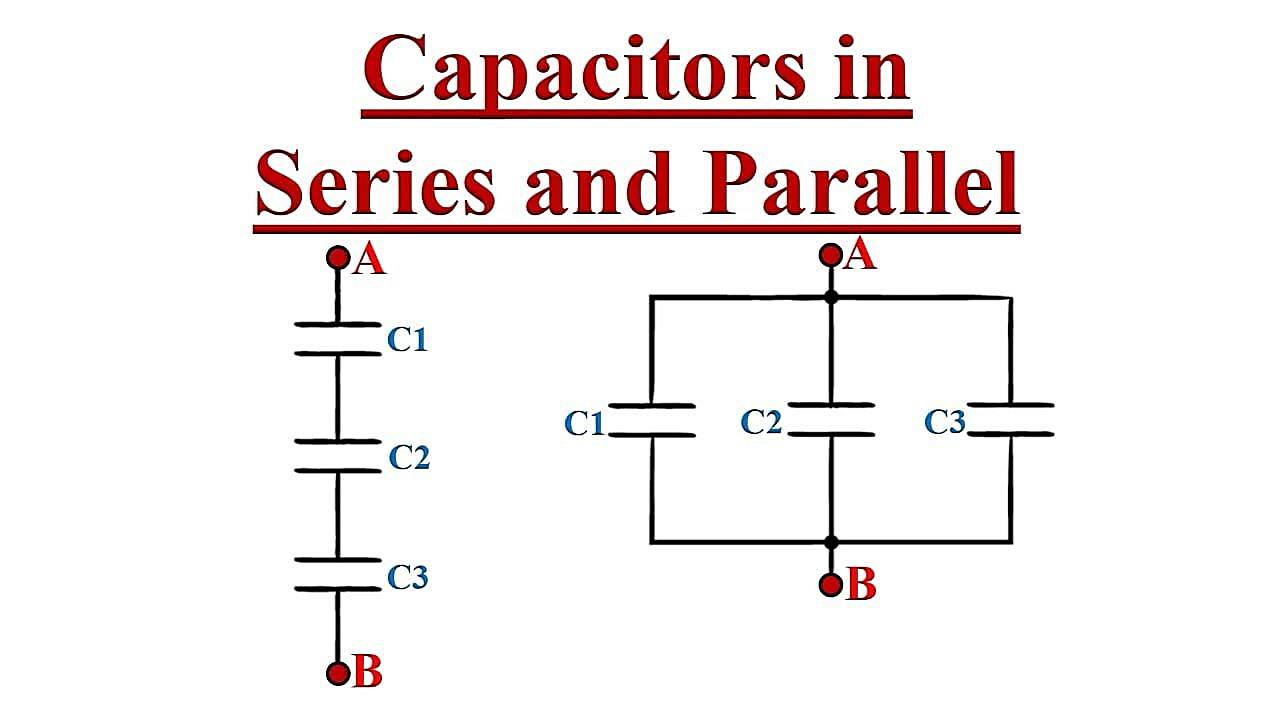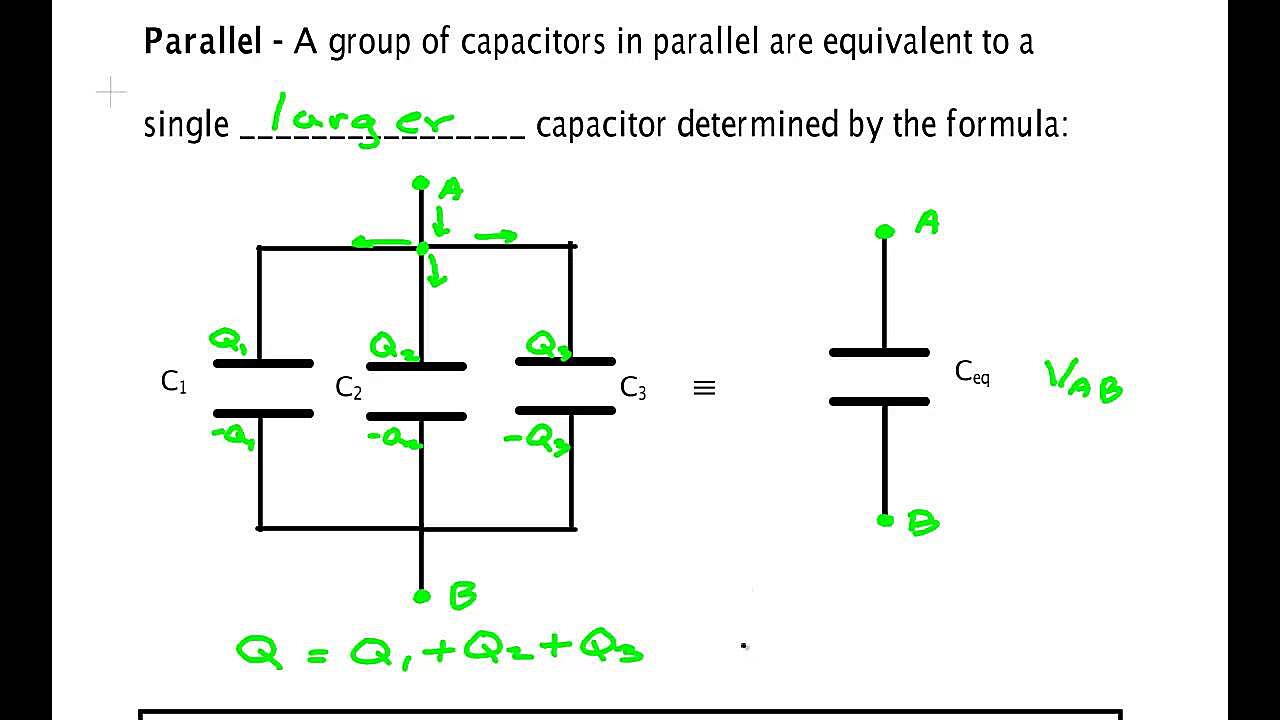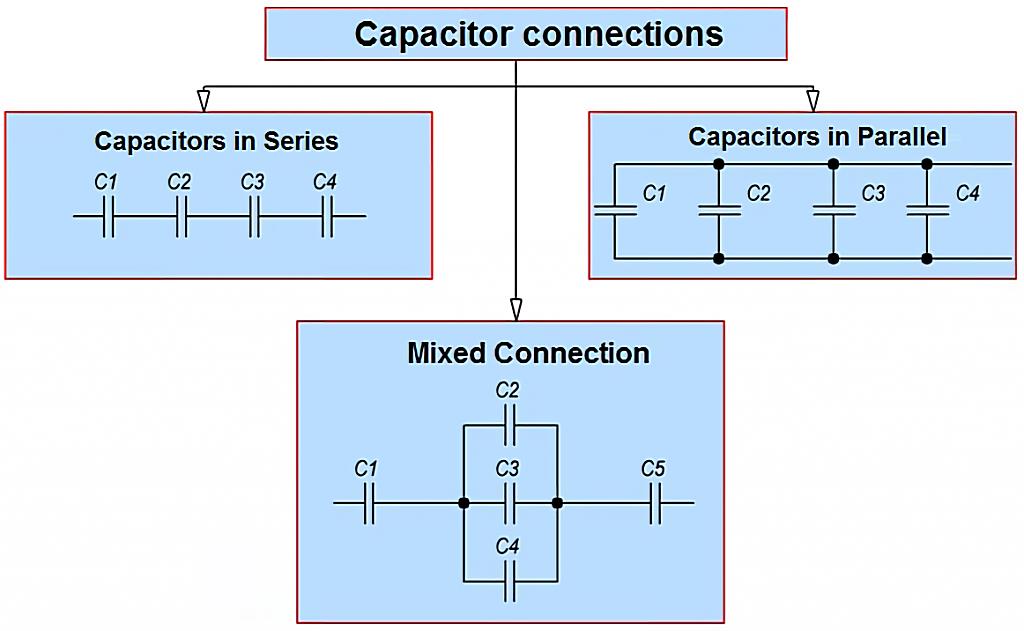Unmasking Parallel Capacitors
3. Branching Out
Parallel capacitors, on the other hand, are a bit more social. They’re all connected to the same two points in the circuit, forming multiple paths for the current to flow. Think of it as a fork in the road, with each path leading to a capacitor. The current has a choice of which capacitor to “visit” first.
The key characteristic of parallel capacitors is that they all have the same voltage across them. Since they’re connected to the same two points, the potential difference is the same for each. However, the current through each capacitor may be different, depending on its capacitance value. It’s like everyone sharing a cake — everyone gets the same slice height (voltage), but some slices might be wider (current).
To identify parallel capacitors, look for multiple branches connecting to the same two nodes in the circuit. Each branch should contain a capacitor, and there should be no other components in those branches (at least not between the capacitors and the shared nodes). They share the same starting and ending points.
When looking at a circuit diagram, imagine connecting all the positive terminals of the capacitors together, and all the negative terminals together. If you can do that without disconnecting anything else, you’ve got a parallel connection. They’re like friends holding hands in a circle — they’re all connected at the same points, sharing the experience.

